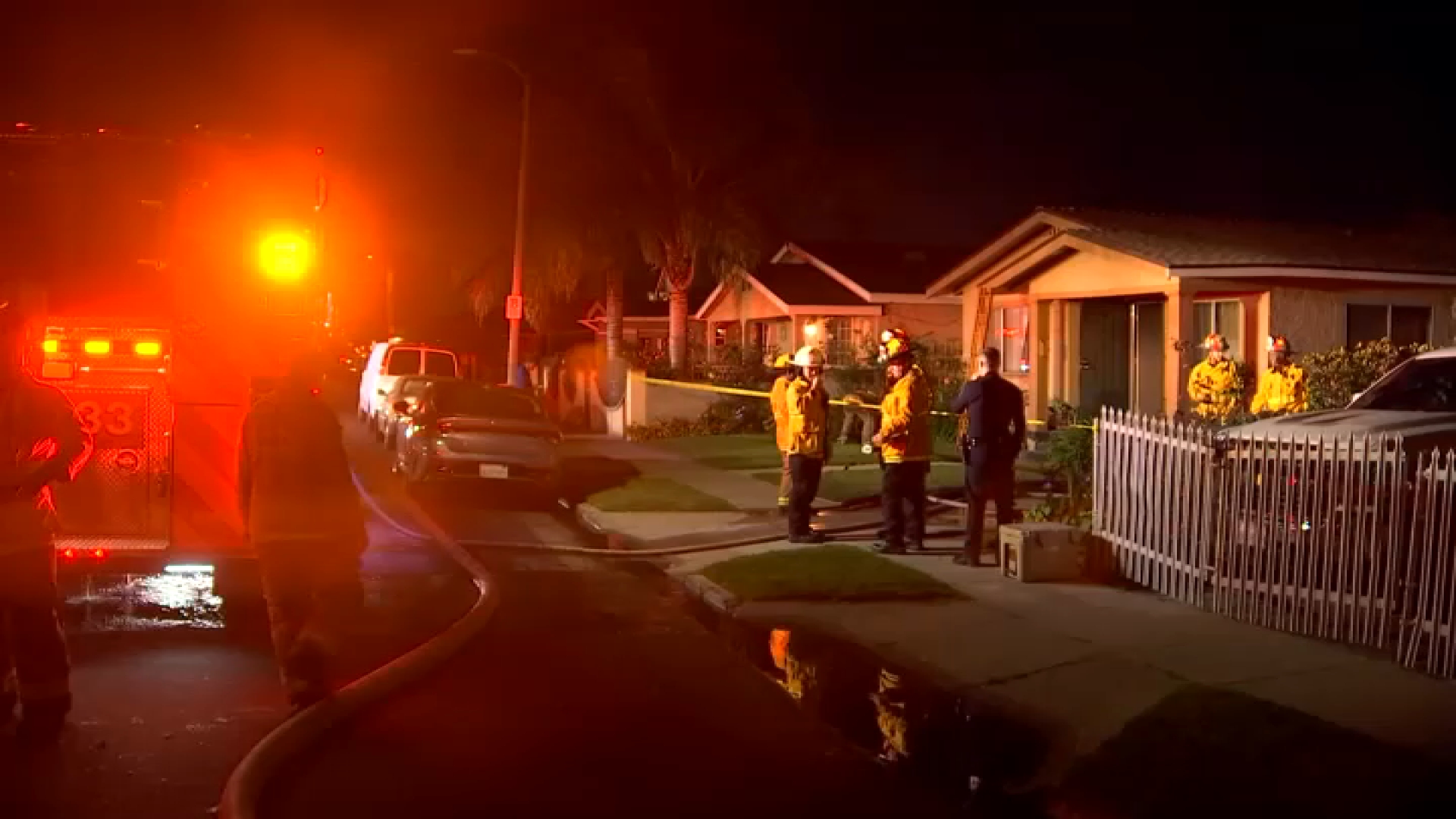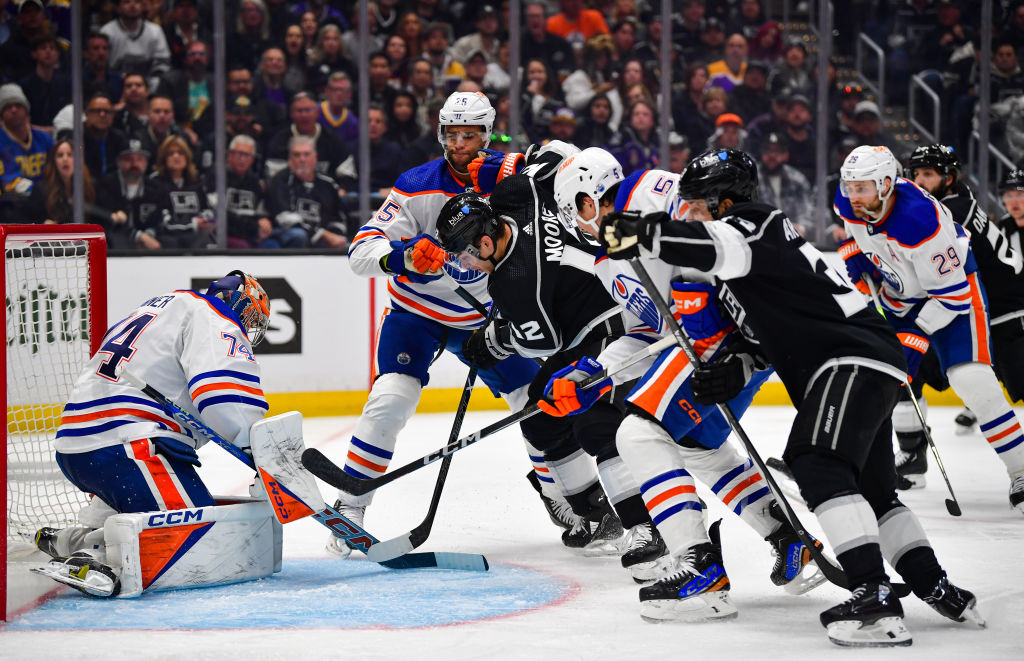Few residents know the history of Boyle Heights, one of the city's oldest neighborhoods just east of downtown Los Angeles.
Before it was sliced up by freeways and became the home of working-class immigrant Latinos, the neighborhood, had a rich convergence of cultures.
"It was the Ellis Island of the West Coast," said Betsy Kalin, the director and producer of a documentary called "East LA Interchange," which explores Boyle Heights from the 1940s to the present. "It was Asian, it was Latino, Jewish, African American really everybody was here."
The documentary tells the story of how Boyle Heights survived despite housing discrimination, crime and the largest freeway interchange system in the country.
Kalin interviewed longtime residents of Boyle Heights, local activists and academics, and explored how the community continued to connect and inspire diverse cultures.
"The thing I found the most fascinating about the neighborhood is that it wasn't a melting pot. It's where you were able to keep your culture and share your culture with your neighbors," Kalin said.
The diverse history could be seen throughout the neighborhood. The film captures places like the Breed Street Shul, one of the oldest synagogues in Los Angeles, which serves as a reminder of a time when Boyle Heights was home to the largest Jewish community on the West Coast.
Local
Get Los Angeles's latest local news on crime, entertainment, weather, schools, COVID, cost of living and more. Here's your go-to source for today's LA news.
The film also tells how at certain periods, Jews were wearing zoot suits and residents learned how to eat sushi.
While Boyle Heights was always seen as a working-class immigrant community, Kalin says residents lacked political representation to fight against public policy and government on real estate decisions.
But that started to change in the late 1940s, when a coalition of African Americans, Jewish Americans and Latinos came together, according to the film. Together they mobilized to elect the first Mexican-American to the LA City Council in the 20th century, Edward Roybal.
And the community's social activism continued in the decades to follow. Vanessa Luna Bishop, the film's producer and a fourth generation Boyle Heights resident, says people who left Boyle Heights are returning to the community because they have pride in their home.
Bishop grew up in the area at the same time as will. i. am, founder of the Black Eyed Peas and seven-time Grammy winner whose foundation supports Boyle Heights youth.
"I came back because I am who I am because of the community I grew up in," will.I.am says in the film.
"Not too many people know Boyle Heights and I think when they see the documentary they'll be surprised so much happened here, so many different cultures living together," Bishop said.
While Boyle Heights continues to evolve as it faces new challenges and opportunities, residents like actor Xavi Moreno say the love and pride for the community extends across generations.
"The kids who grew up here are coming back and saying 'Hey, we still love this community and we're tired of the violence and the negative stereotypes. How can we make that change?'"
Learn more about "East LA Interchange" on its Facebook page and the LA Film Fest website.



